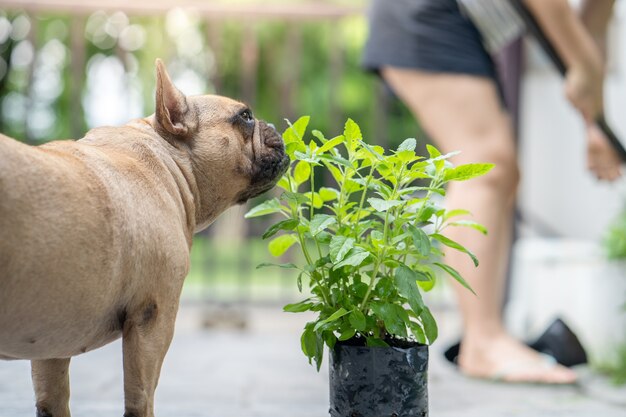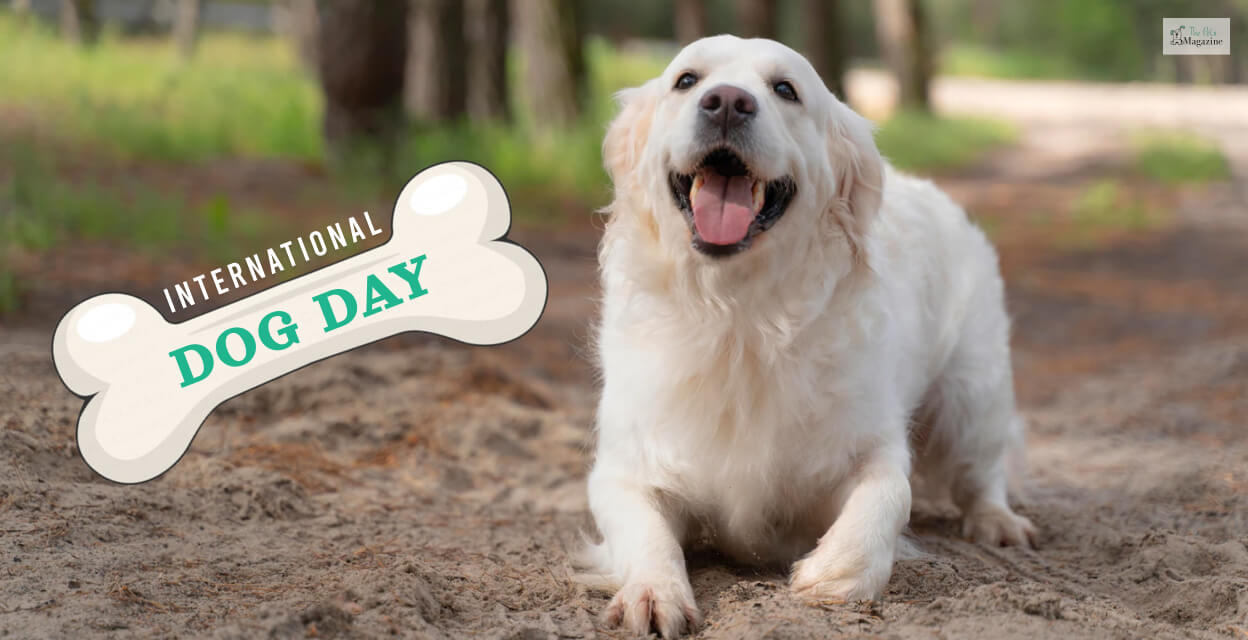Plants That Are Safe For Your Pets


You can easily care for both your pets and houseplants, even if you have a curious dog or cat. Just do some extra research. Avoid certain plants at all costs if you have animals at home. For instance, leopard lilies have calcium oxalate crystals that resemble needles under the microscope. Both dogs and cats may experience vomiting, oral pain, and drooling. Fortunately, there are plenty of friendly plants for pets for responsible pet owners.
What plants are safe for animals to be around?
If your cat consumes any unusual plant material, including the cut flower food that often accompanies bouquets, it can cause an upset stomach and symptoms like vomiting, diarrhea, and loss of appetite. Additionally, cats that ingest large quantities of plant material are at risk of developing a gastrointestinal blockage. Remember that even if a plant is not toxic to cats, it can still pose safety concerns.
What plants are safe for cats to eat? This is catnip, silver vine, or cat thyme.
#1 Spider Plant
Vets adore this houseplant—it thrives indoors and withstands even the blackest of thumbs! Spider plants excel at purifying air, and eliminating toxins from your home.
#2 Succulents
Succulents are low maintenance and can be started even by those who don’t spend much time at home or don’t particularly like caring for plants. Echeverias, a broad and low succulent, and burro’s tail, which can often be seen in pots in various hanging structures. They need a lot of light but can tolerate partial shade. They can be found in different colors and sizes, so you can find something to suit your decor.
#3 Calathea Orbifolia
You’ll find the leaf pattern on this Calathea to be exquisite. This houseplant thrives in partial shade, making it perfect for placing on a plant stand or shelf in a bedroom with limited natural light.
How do you know what houseplants are safe for dogs and cats? It’s very simple, you can use the plant identifier app for this. With the app for iPhone, you can find out everything about the plant you see in front of you. You can download it for iOS and not only identify the type of plant but also all the features that are associated with it. The app for plants shows the plant’s preferences for watering, sunlight, essential microelements, a description of its life cycle, and important features, such as a potential threat to a pet.
#4 Venus Flytrap
Make sure your Venus flytrap is in a pet-friendly plant that requires minimal effort to maintain. Place it in a spot with at least four hours of direct sunlight and water it with distilled water. Choose peat moss or sphagnum moss for the soil. An ideal location would be on a porch, where the plant can feed itself on passing flies. It only needs one to two insects per month to survive.
#5 Palms
Most palms are a safe choice, just like ferns. However, be cautious with the sago palm as it can be toxic to dogs and cats. One of my pet-friendly recommendations is the bamboo palm, a leafy plant that requires little maintenance and can reach a height of six feet indoors. The parlor palm and lady palm also thrive in low-light spaces, while the phoenix palm prefers medium light.
#6 Orchid
You can bring an exquisite touch to your home with an orchid. The great thing is, it won’t harm your furry friend. By providing proper care, you can enjoy the beauty of orchids for up to four months. Orchids thrive in partial light, so make sure to water them once a week during winter and twice a week in hotter months.
#7 Goldfish Plants
Goldfish plants are another excellent choice to add color to your space without risking your pets’ safety. During spring and summer, they display numerous orange and yellow flowers that resemble tiny goldfish floating in the air. Unlike many other perennial plants that require direct sunlight for most of the day, goldfish plants can thrive with any bright light source and even survive with indoor lighting alone during darker months.
#8 Staghorn Fern
You can find this fern growing freely in Australia, boasting two types of fronds. It’s a plant that’s safe for pets and can be potted, mounted on a wall, or hung in a basket. The staghorn fern thrives in well-lit rooms with indirect sunlight, but it won’t survive in a dark room. Depending on the weather and humidity levels, you should water it every one to three weeks (less watering is needed in high humidity). Placing it in a bathroom requires watering and misting only every three weeks.
#9 Friendship Plant
The friendship plant has beautifully designed leaves that feel soft and won’t harm your pets. It grows to a height of 6–12 inches and can thrive in low light, as long as it receives a few hours of sunlight daily. The plant occasionally blooms with delicate pink buds.
#10 Bromeliad
To give your space a tropical vibe, consider adding a vibrant bromeliad. These beautiful plants, known for their long-lasting blooms, can brighten up any room. It’s important to provide them with adequate airflow, so we recommend placing them in open areas with windows and indirect sunlight, like your living room, kitchen, or bedroom.
#11 Prayer Plant
To complete our compilation of pet-friendly plants, we have the prayer plant on the list. The prayer plant’s captivating leaves and exquisite coloration are sure to pique your pet’s curiosity with its beauty.
Conclusion
If you have pets, you should think about their overall well-being when you buy houseplants. Some types of plants can be potentially dangerous for cats and dogs, while others are too attractive for them. This will mean that your plant will be bitten and unsightly all the time. Why buy them when many plants easily get along with pets?
Read Also:









Leave A Comment